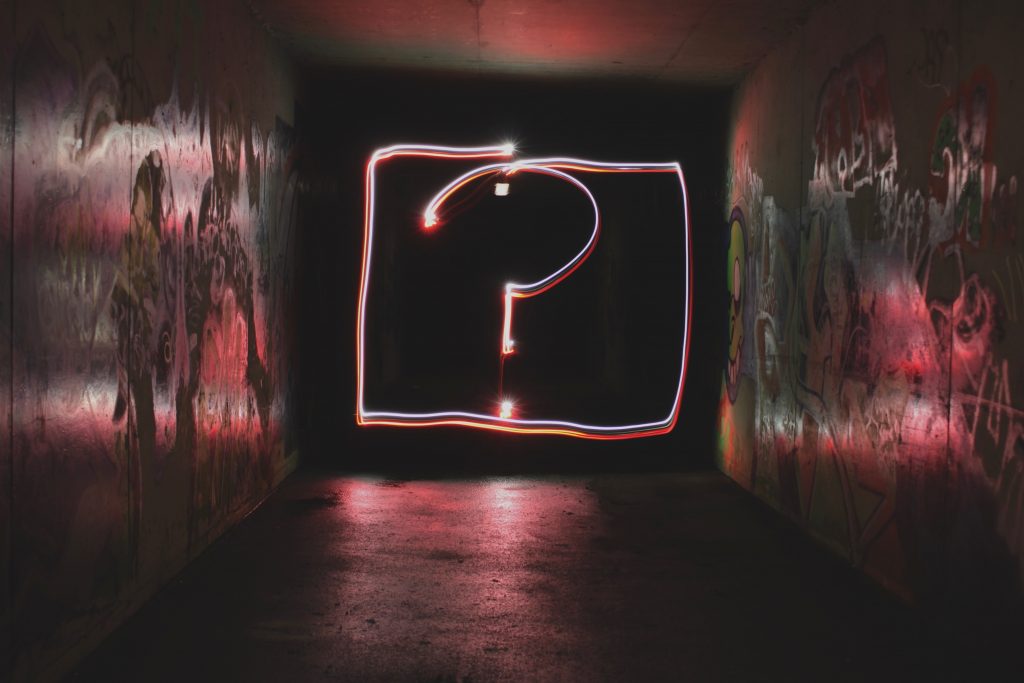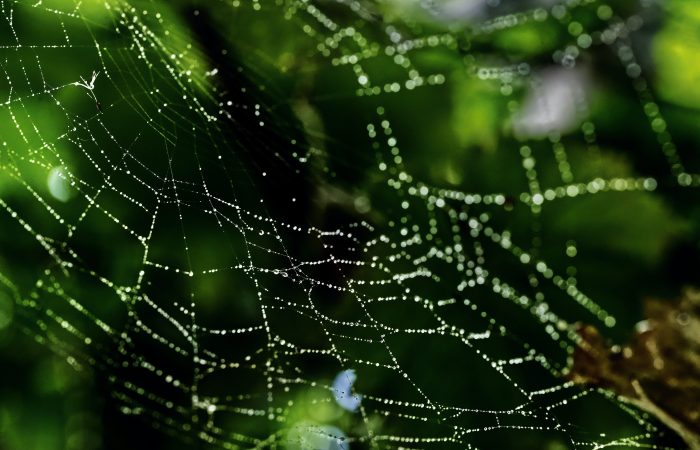By Chris Wolf, Director of Learner Experience
Why?
It’s with this question that so much of our learning begins. It can take on different qualities, all of which are important. There is the why of innocent curiosity inherent in little children. The poet Mary Oliver knew a lot about rediscovering this attitude of wonder:
“..Let me keep my mind on what matters, which is my work,which is mostly standing still and learning to be astonished.”
There is the “why?!” of questioning and rebellion that pushes back against the status quo. This quality of why is also important, especially when it is rooted in ideals of justice and equality. There is also the why that comes from those wise enough to know how much they don’t know; the humble wondering at something taken for granted; the genuine question a mentor asks of a mentee to further their becoming. All of these qualities come into play when we approach our learning and our educational design at Springhouse.
In our culture, turning our questions toward how we structure education is something that, broadly speaking, isn’t really done. Although, the COVID-19 pandemic might be forcing the conversation. What is education for? Why go to school? For many people the answer is about job preparation, and acquiring the tools for survival. If that’s the case, then how well does an educational system do this that hasn’t seen significant change in over 100 years while the world has shifted dramatically? Why memorize a pile of content only to forget it after the scantron hurdle has been cleared? After 12 years as mostly passive recipients of standardized curricula are young people leaving school ready to navigate the challenges of a more and more uncertain future? At Springhouse we focus more on skills to be practiced than content to be memorized. Our competency framework includes things like Adaptability, Perspective Taking and Collaboration, as well as more traditional school skills like Quantitative Literacy and Close & Critical Reading. Our learning goes beyond the theoretical, embodied in real life situations like community internships and service work.

But is that where it stops? At Springhouse we recognize that learning the steps to a survival dance is important, but we also endeavor to learn a sacred dance, a dance unique to each individual, a dance that brings us more alive. Through rich and varied experiences, learners build relationships, receive feedback and get to know themselves more deeply. As we listen for what this learning community wants to become, we are understanding it more and more as a place where people learn to connect to the vitality within themselves, their community, and the Earth. From that place, we can courageously love and serve a world in need.
I was so inspired by the opening of our 2020-2021 school year. This summer it was sometimes hard to keep sight of our why as we planned around pandemics and uncertainty, but coming back together was a powerful reminder. While our first day was held virtually, the vitality on the Zoom call was palpable. There was connection and creativity, laughter, earnest calls to responsibility, and a willingness to do what needs to be done to keep close to the life source we access when we are in community, learning together. After a strange quarantined summer, it’s a life-giving joy to gather with the Springhouse Community and ask more questions.

